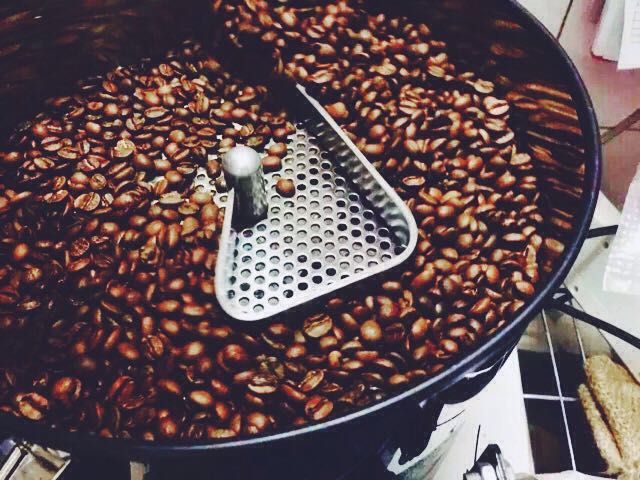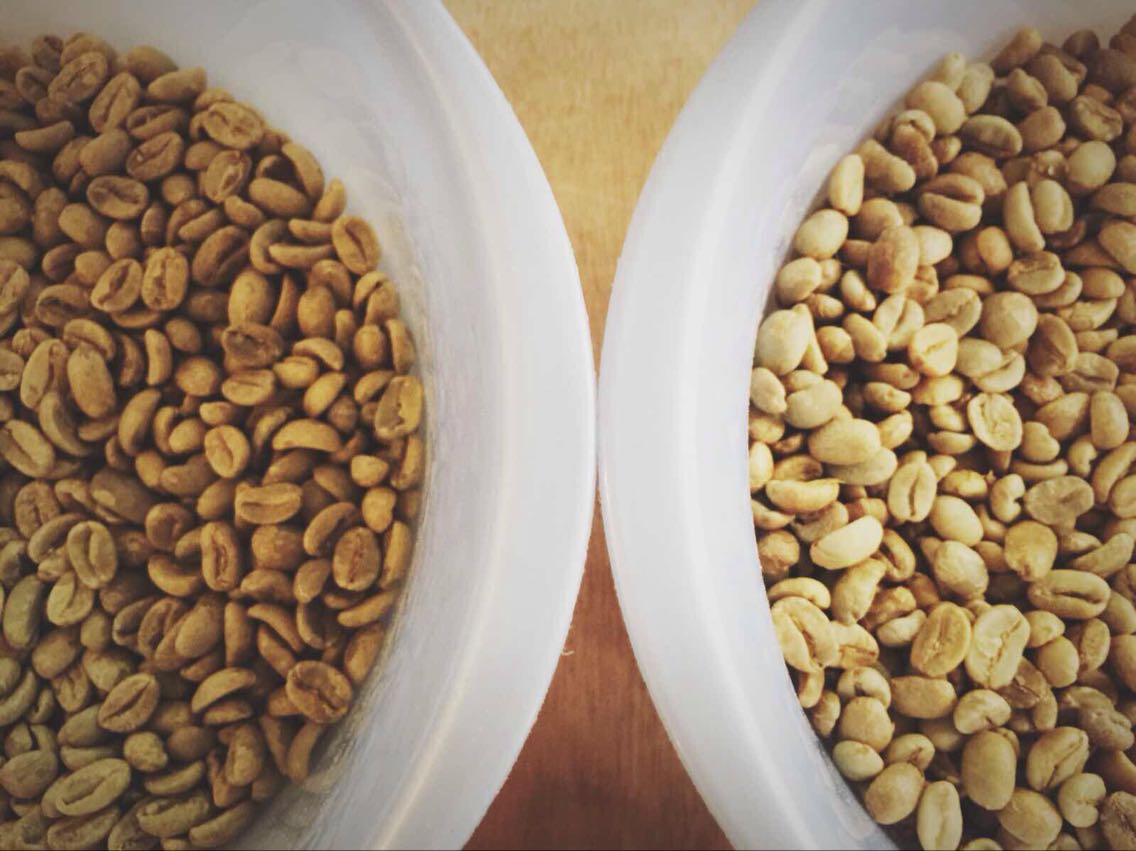An introduction to the characteristics of fine coffee in the manor area with a good sour taste of Guatemalan coffee
Between 1950 and 1954, the ruling president Jacobo Abens implemented land reform, when big landlords, who accounted for 2 per cent of the country's population, owned about 70 per cent of the country's arable land. Arbens wrote a check for land reform, promising to buy the land held by the big landlords and redistribute it to small farmers. Arbens won the election, and the land reform plan was carried out immediately. Landlords who own more than 223 acres of land will be expropriated as long as there is land not used for production. In the end, an average of 4300 acres of land was expropriated from 1059 farms, and about 100, 000 farmers were given ownership of the land. [7]
United Fruit has its largest estate in Guatemala, and it also owns medium
Guatemala
Guatemala
Inter-American Railway and the only seaport in Guatemala. Driven by the United Fruit Company, the US Ministry of Foreign Affairs began a propaganda war against Guatemala to crack down on the Arbens regime in the name of anti-communism. The Central Intelligence Agency, in cooperation with the opposition among Guatemalan soldiers, launched an operation called Operation PBSUCCESS. [7]
In 1954, Arbens was overthrown and Castillo Armas became the new dictator. The new government immediately invalidated all reforms. Enter the period of transition between the right-wing military government and the literati government. [1]
In 1957, Armas was assassinated and his heir was a soldier who was already known for his bloodshed in the dictatorship of the 1940s. [7]
In 1960, leftist military groups appeared in Guatemala. [1]
In 1982, the leftist guerrillas across the country merged to form the "National Revolutionary Alliance of Guatemala" and armed struggle spread throughout the country. Farmers dissatisfied with the overthrow of the Arbens regime organized a guerrilla group in which more than 100,000 people were killed and millions displaced. In September 1982, the persecution of the local Mayans by the Guatemalan army was close to genocide, and more than 9000 Mayans were killed. Since 1983, persecution on the part of the Government of Guatemala began to decrease and the country began to democratize again. However, the disparity between the rich and the poor has not been solved, and only a small number of people who account for 1% own more than 60% of the arable land and wealth. In 1985, Guatemala reorganized the general election. [7]
In December 1996, the government of Arzu (National Vanguard Party) and the National Revolutionary Union of Guatemala reached a final peace agreement, which officially ended 36 years of civil strife in Guatemala. [1]
In 1996, the 36-year guerrilla war ended by signing a peace treaty. [7]
In the general election in Guatemala on November 9, 2003, Oscar Berhe, the candidate of the National Grand League, was elected president, and the National Grand League is the most powerful party in Congress. The participation rate is 54.5%. [7]
On September 9, 2007, presidential and congressional elections. Otto Perez Molina and Alvaro Colom entered the second round of voting in the presidential election. At 10:00 that evening (local time), the Central Election Commission announced that Colom had won by 5.4%, becoming Guatemala's first left-wing president in 53 years.
On November 6, 2011, in the second round of voting in the general election in Guatemala, Otto Perez Molina, on behalf of the Patriotic Party, defeated LIDER member Manuel Baldison with 54.48% of the vote, becoming the 48th president of Guatemala.
The coffee beans in each producing area have their own characteristics, and they have won a lot of praise for Guatemala in the international community, especially the perfect coordination of the sour, sweet and mellow texture of Antigua; with a touch of smoke and a little more emphasis on its mystery, you will have a reason not to look for alternatives everywhere after tasting.
Guatemalan coffee beans are mostly cultivated in high-altitude volcanic soils belonging to the most advanced Arabica varieties. Due to the long ripening period, the beans are medium and dense (Guatemalan coffee beans are graded not on the basis of particle size, but on the basis of shortcomings), and the bean color is dark turquoise. The unique sour taste of fragrance, mellow, sweetness and freshness is characterized by the aroma and taste of coffee beans hidden in its sour taste. Therefore, coffee beans with this characteristic can be called first-class coffee beans. The name of the product is suitable for the taste characteristics of baking degree.
Guatemalan coffee
depth
Bitter and fragrant, good taste
The coffee produced in the highland is mellow and has a good sour taste, which is well received and is the best material for mixed coffee.
Coffee varieties:
Arabica species (Arabica):
It accounts for 85% of total coffee production, including Brazil, Colombia, Guatemala, Ethiopia and so on. The beans are turquoise, thin and small, with special aroma and sweet acid, which is good to drink with other coffee. Excellent quality, more suitable for public taste.
Robada species (Robusta):
Roughly planted in Java, Indonesia, drought-resistant and insect-resistant; bitter taste, but bitter with fragrance, especially after cooling with a unique sweet taste, suitable for the preparation of cold coffee, mellow and extremely bitter.
The quantity of this variety is very small, most of it is used to synthesize coffee and make coffee essence, it is difficult to see in the market, the quality is not good, and the flavor of the single product is not good.

Important Notice :
前街咖啡 FrontStreet Coffee has moved to new addredd:
FrontStreet Coffee Address: 315,Donghua East Road,GuangZhou
Tel:020 38364473
- Prev

Taste characteristics of large particle Ecuadorian coffee varieties introduction to the flavor of boutique coffee beans in the manor
The Rabe Coffee Tree was first introduced to Ecuador in 1952 and its coffee is of good quality, especially the coffee harvested in early June. Ecuadorian coffee beans can be divided into two varieties: Galapagos and Gigante, both of which have the characteristics of large granules and heavy weight. Ecuadorian coffee can be divided into first class (No.1) and super excellent (Extra Superior) according to quality.
- Next

Unique flavor Ugandan coffee varieties taste characteristics manor boutique coffee bean flavor introduction
Ugandan coffee beans have a unique flavor of delicate taste, which is very suitable for making Italian and other flavors of coffee. More importantly, Ugandan coffee beans are strictly screened according to the standards of the international market to ensure their high quality and pollution-free characteristics. Africa is the hometown of two major varieties of coffee, Arabica and Robusta, while the eastern Africa enjoys a plateau water hometown and a pearl of East Africa.
Related
- Detailed explanation of Jadeite planting Land in Panamanian Jadeite Manor introduction to the grading system of Jadeite competitive bidding, Red bid, Green bid and Rose Summer
- Story of Coffee planting in Brenka region of Costa Rica Stonehenge Manor anaerobic heavy honey treatment of flavor mouth
- What's on the barrel of Blue Mountain Coffee beans?
- Can American coffee also pull flowers? How to use hot American style to pull out a good-looking pattern?
- Can you make a cold extract with coffee beans? What is the right proportion for cold-extracted coffee formula?
- Indonesian PWN Gold Mandrine Coffee Origin Features Flavor How to Chong? Mandolin coffee is American.
- A brief introduction to the flavor characteristics of Brazilian yellow bourbon coffee beans
- What is the effect of different water quality on the flavor of cold-extracted coffee? What kind of water is best for brewing coffee?
- Why do you think of Rose Summer whenever you mention Panamanian coffee?
- Introduction to the characteristics of authentic blue mountain coffee bean producing areas? What is the CIB Coffee Authority in Jamaica?

